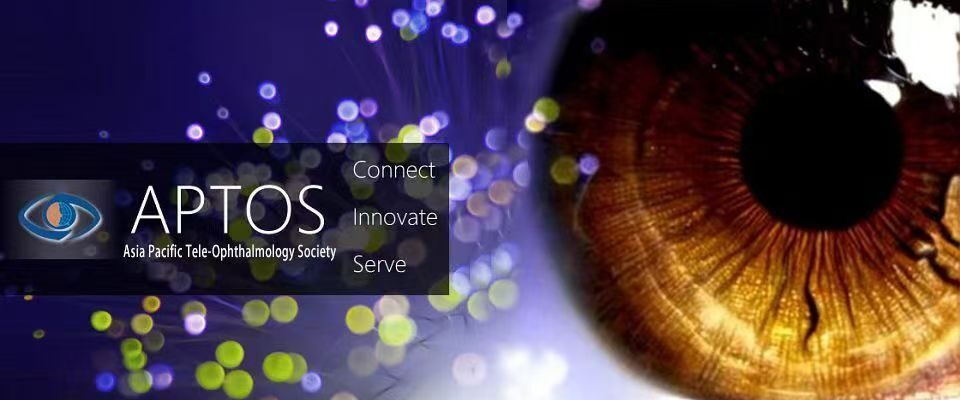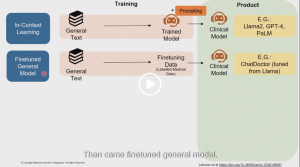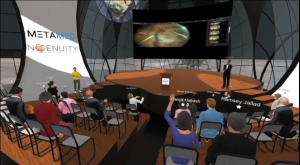- PMID: 32990152
- DOI: 10.1177/1357633X20960636
Abstract
Introduction: COVID-19 has disrupted how ophthalmic practice is conducted worldwide. One patient population that may suffer from poor outcomes during the pandemic are those with age-related macular degeneration (AMD). Many practices are performing some form of teleophthalmology services for their patients, and guidance is needed on how to maintain continuity of care amongst patients with AMD using teleophthalmology.
Methods: A literature search was conducted, ending 1 August 2020, to identify AMD outcomes and telecare management strategies that could be used during the COVID-19 pandemic.
Results: 237 total articles were retrieved, 56 of which were included for analysis. Four American Academy of Ophthalmology and Center for Disease Control web resources were also included.
Discussion: Risk-stratification models have been developed that let providers readily screen existing patients for their future risk of neovascular AMD (nAMD). When used with at-home monitoring devices to detect nAMD, providers may be able to determine who should be contacted via teleophthalmology for screening. Telemedicine triage can be used for new complaints of vision loss to determine who should be referred to a retinal specialist for management of suspected nAMD. To increase access and provider flexibility, smartphone fundus photography images sent to a centralized teleophthalmology service can aid in the detection of nAMD. Considerations should also be made for COVID-19 transmission, and teleophthalmology can be used to screen patients for the presence of COVID-19 prior to in-person office visits. Teleophthalmology has additional utility in connecting with nursing home, rural, and socioeconomically disadvantaged patients in the post-pandemic period.
Keywords: COVID-19; age-related macular degeneration; coronavirus; retinal disease; retinal specialist; telemedicine; teleophthalmology.



